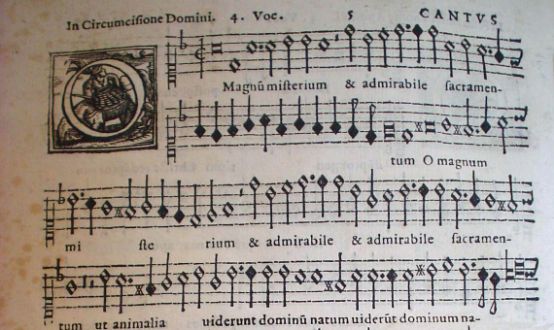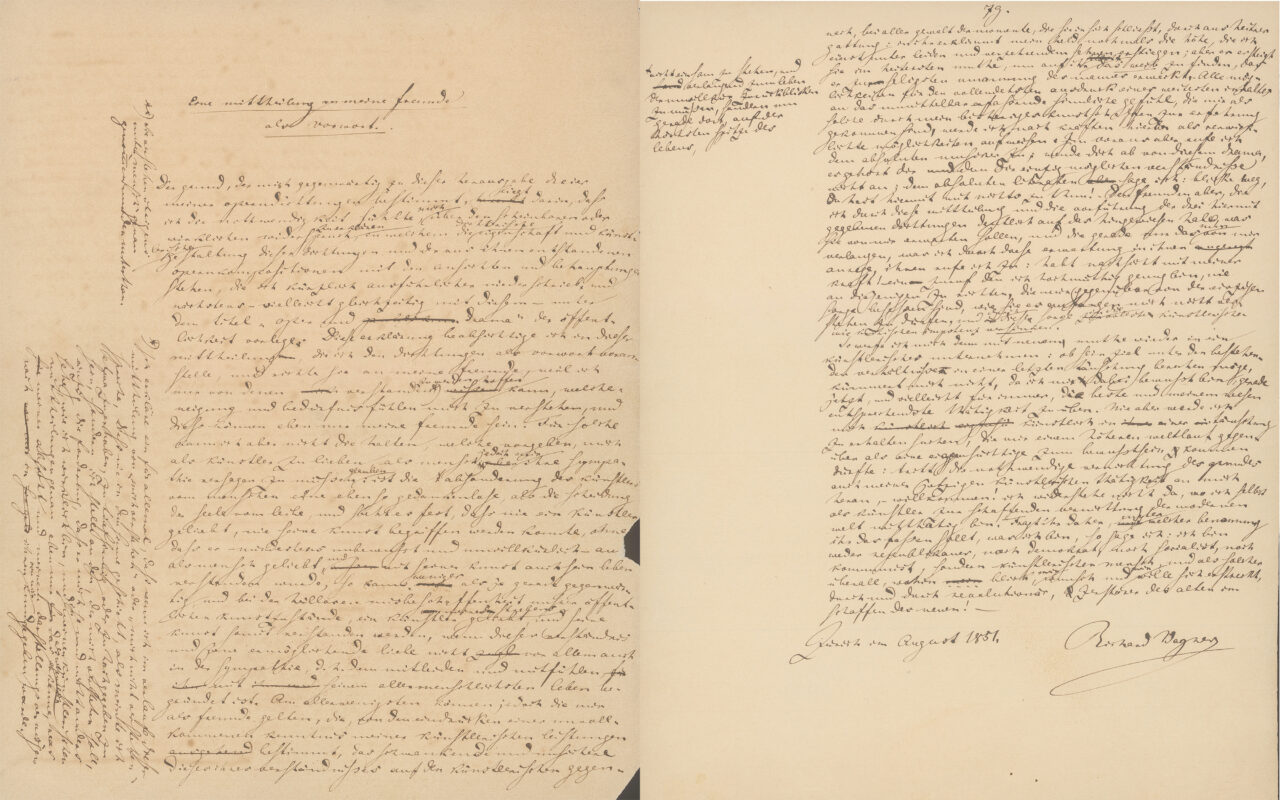Musicology and computer science in dialog
German and Spanish musicologists and computer scientists are holding a workshop on the campus of Saarland University to discuss how the musical works of Spanish composer Tomás Luis de Victoria can be analyzed using digital signal processing methods.

Musicologists led by Rainer Kleinertz from Saarland University want to open up new avenues of research into the Spanish composer Tomás Luis de Victoria and prepare a historical-critical complete edition of his works. Kleinertz is an expert in Spanish music history and, together with computer scientist Meinard Müller from the University of Erlangen-Nuremberg, has been leading a German Research Foundation (DFG) project on the computer-aided analysis of harmonic structures since 2014.
With his current workshop, the musicologist from Saarbrücken is bringing together computer scientists and musicologists from Spain and Germany with other specialists. The researchers are discussing which methods can be used to analyze the musical structures in Tomás Luis de Victoria's work.
Tomás Luis de Victoria (ca. 1548, Ávila - 1611, Madrid) is considered a central composer of the Spanish Siglo de oro. He worked in Rome for a long time, had close ties to Germany and finally returned to Madrid.
The workshop currently being held is entitled "Musicology and computer science in dialog: Problems of transmission and possibilities of analyzing works by Tomás Luis de Victoria (ca. 1548-1611)".
More info: www.uni-saarland.de/musikwissenschaft







